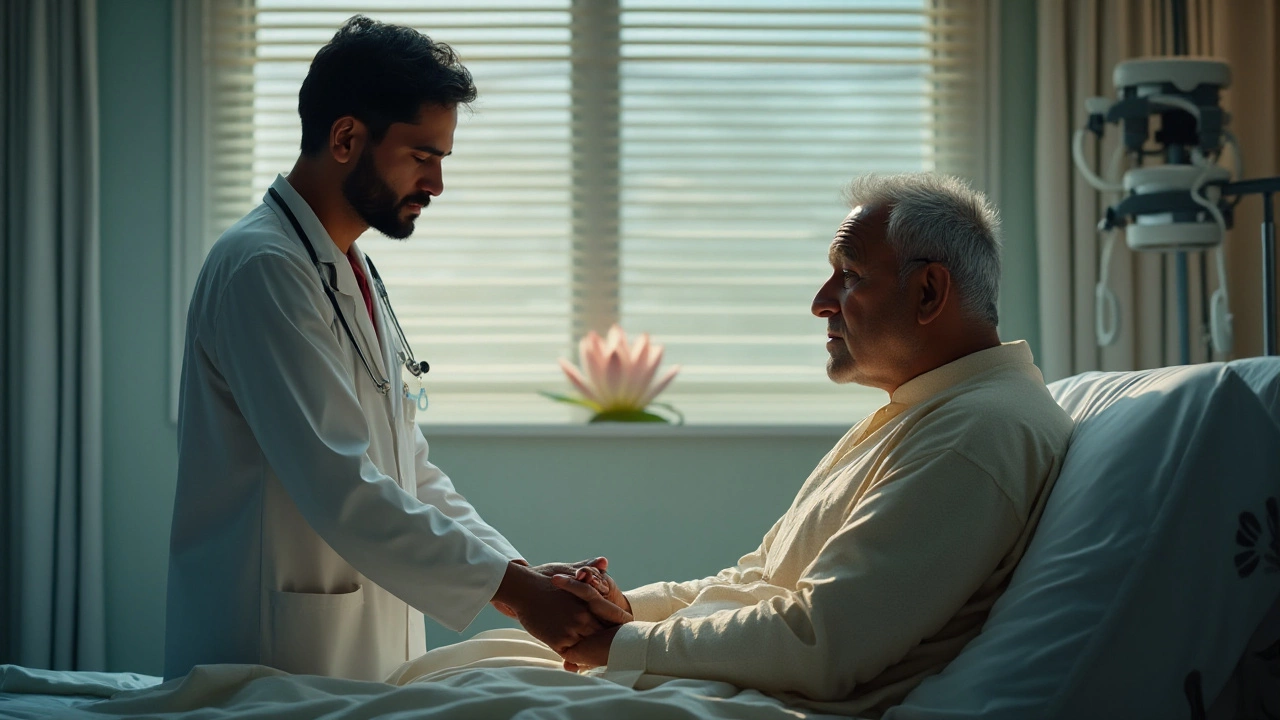Chemotherapy Side Effects: What They Are and How to Handle Them
When talking about Chemotherapy side effects, the range of physical and emotional reactions patients experience during cancer treatment. Also known as treatment‑related toxicities, they can feel overwhelming but they are predictable and often manageable. Below we break down the most common reactions and give you tools to stay in control.
Key Side Effects and How to Manage Them
One of the first things patients notice is nausea, a feeling of sickness that can lead to vomiting. It happens because chemotherapy attacks rapidly dividing cells, including those in the stomach lining. Chemotherapy side effects also include fatigue, a deep, lingering tiredness that rest doesn’t fully fix. Both nausea and fatigue often appear together, creating a cycle that makes daily tasks harder. Understanding that these are normal reactions helps you plan meals, medications, and rest periods more effectively.
Hair loss, or alopecia, is another visible sign. Chemotherapy targets fast‑growing cells, and hair follicles are in that group. While losing hair can be shocking, it’s usually temporary. Using mild shampoos, avoiding heat styling, and wearing scarves or wigs can keep your scalp healthy and protect you from sunburn. Some patients also notice skin changes like dryness or rashes; gentle moisturizers and avoiding harsh soaps make a big difference.
Immune suppression is a serious concern. Immunosuppression, the reduced ability of the body to fight infections occurs because chemotherapy lowers white blood cell counts. This raises the risk of fevers, colds, and more severe infections. Regular blood tests help track counts, and doctors may prescribe growth‑factor injections to boost them. Until your counts rebound, practice good hand hygiene, avoid crowded places, and keep up with vaccinations as advised.
Beyond the body, the mind feels the strain too. Anxiety, depression, and a sense of loss are common, especially when treatment disrupts routine. Talking to a counselor, joining a support group, or simply sharing your worries with friends can lift the emotional load. Mind‑body techniques—deep breathing, guided imagery, short meditation sessions—are low‑cost ways to calm nerves and improve sleep.
Managing chemotherapy side effects requires a team approach. Your oncologist, nurses, dietitian, and pharmacist each play a role. Medications like anti‑emetics, steroids, and appetite stimulants target specific symptoms. Nutritional support—small, frequent meals rich in protein and fluids—helps combat nausea and maintain weight. When fatigue hits, short walks, gentle stretching, or light resistance training can boost energy without overexerting you.
Lifestyle tweaks also matter. Staying hydrated, limiting caffeine, and getting enough sleep each night can reduce both nausea and fatigue. If you’re still active, aim for 20‑30 minutes of low‑impact exercise most days; it improves circulation, mood, and muscle strength, which in turn lessens treatment‑related tiredness. Remember, every small adjustment adds up to a smoother journey.
By knowing what to expect—from nausea and hair loss to immunosuppression and emotional changes—you’re better equipped to act fast and keep side effects from derailing your life. Below you’ll find a curated list of articles that dive deeper into each symptom, offer practical tips, and share real‑world experiences from people who’ve walked this path. Use them as a guide, combine the advice with your care team’s recommendations, and take charge of your treatment journey.
